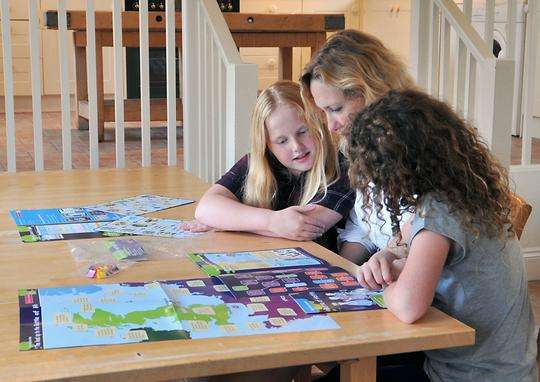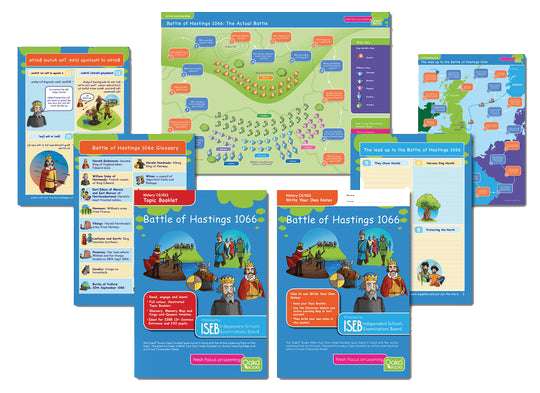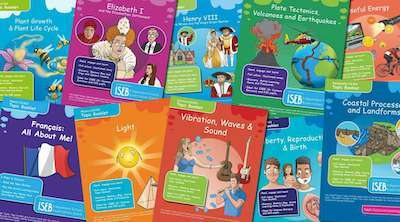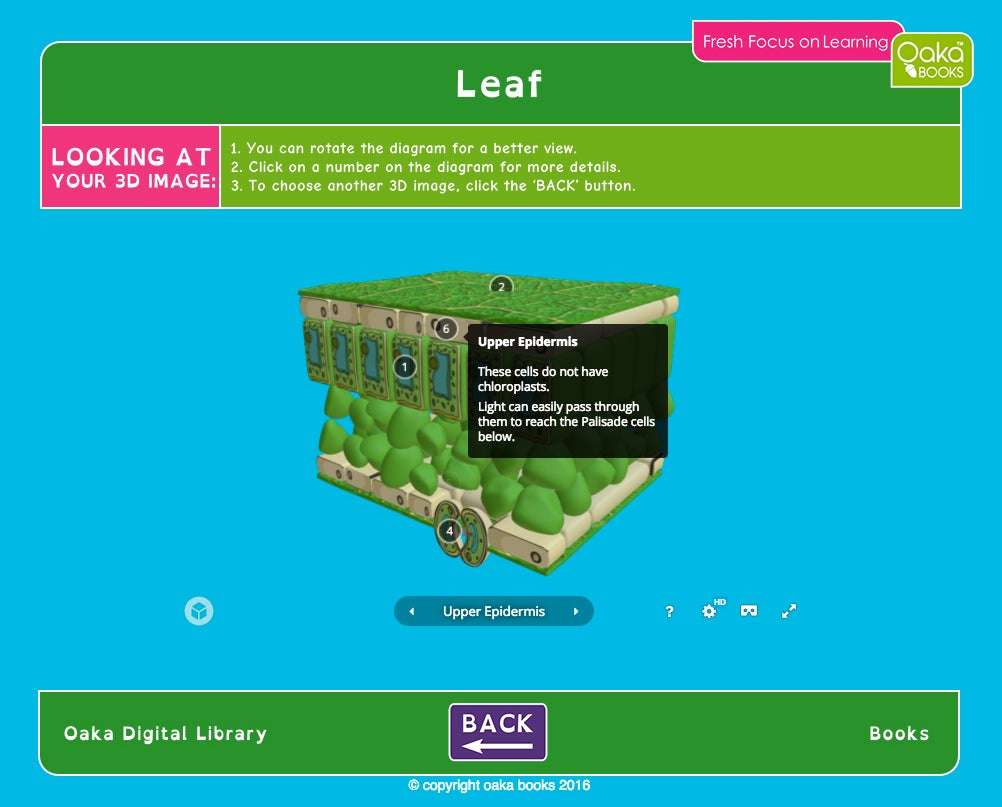Instructions not to slouch conjure up a finishing school image of young women practicing their comportment with a book balanced on the head. But being prodded and poked into a good posture goes beyond looking smart and respectable. “Chin up, shoulders back” advice takes on a “fake it till you make it” quality. Like the placebo effect, it wouldn’t be interesting if it didn’t work.
Within the topic of body language is an aspirational idea that not only can you influence other people with your body language but you can also influence yourself. Its spokesperson, Harvard Business School professor Amy Cuddy, shot to fame with a TED Talk that has been viewed by 33 million people.
Watch Amy Cuddy’s TED Talk here.
Central to her approach is the power pose: two minutes with hands on hips and an open, broad chest. Cuddy asserts that posing like this can radically affect confidence and effect a feeling of power. The results are measurable: an increase in testosterone and decrease in the stress hormone, cortisol.
More than that, Cuddy’s belief is that body language shapes who we are. As a social psychologist she has researched the concept extensively. Thanks to the success of her TED Talk and subsequent book she has been able to spread her work over the world with talks at schools, homeless shelters and to athletes.
Others have taken the ideas and completed further research. Among students, those using power poses picked front row seats in class more often and saw themselves more as leaders. Video games are being developed to test whether power posing can help with pre-exam anxiety.
The effect is extraordinary and the benefits can be felt immediately. Requiring no equipment and no more training than the original insight it is a technique that can be implemented right now in any home or school to empower children with confidence and self-assurance.





